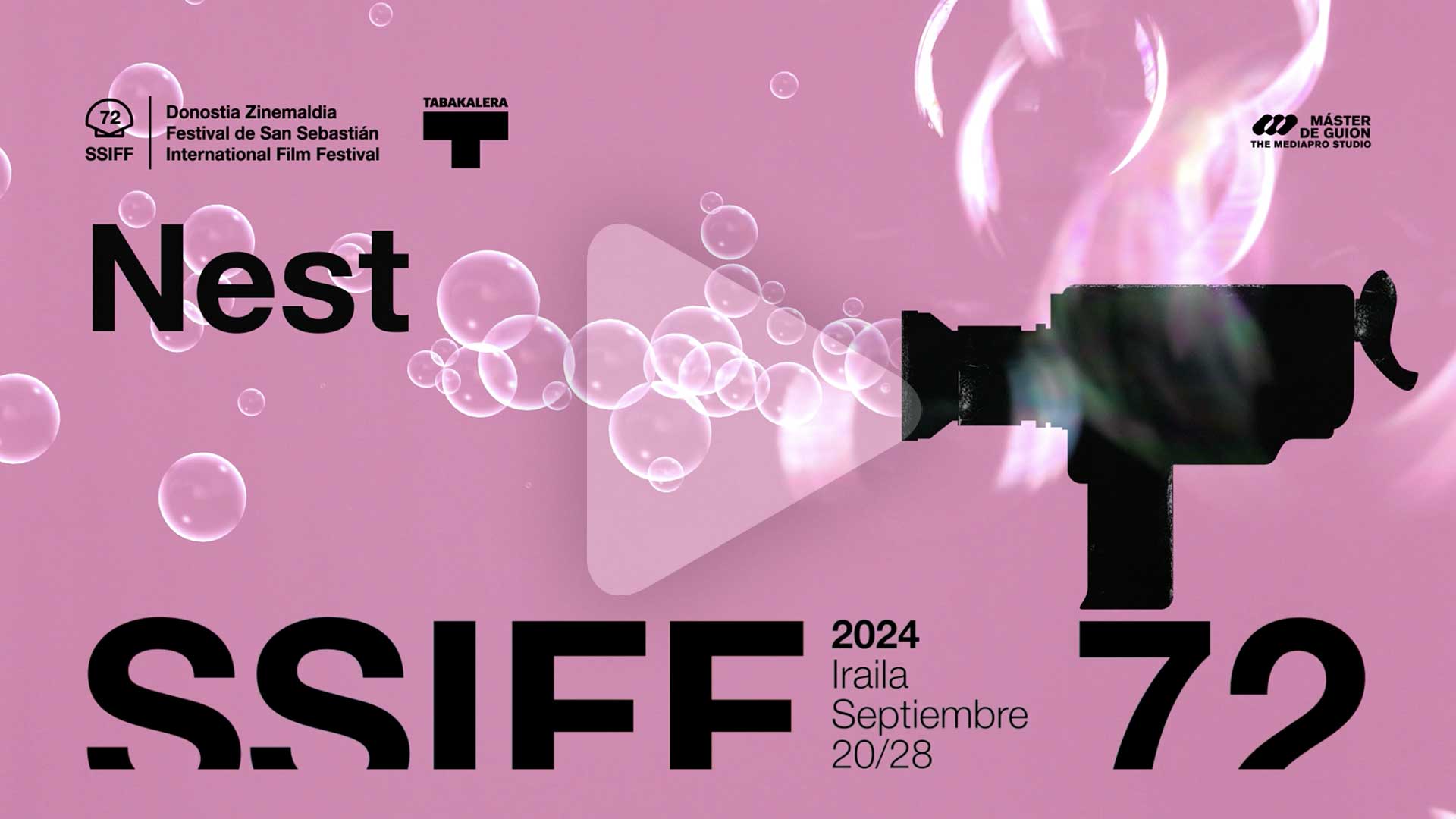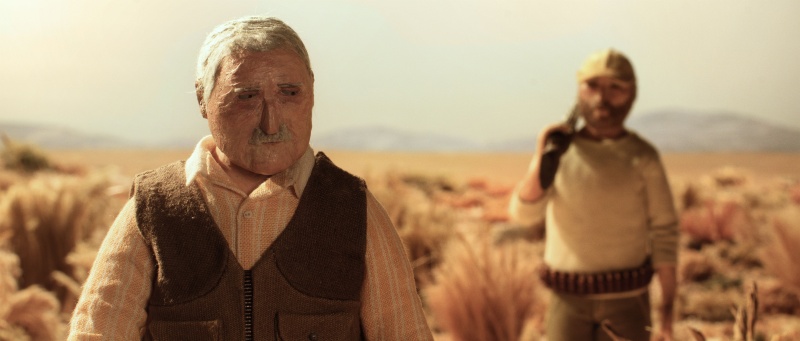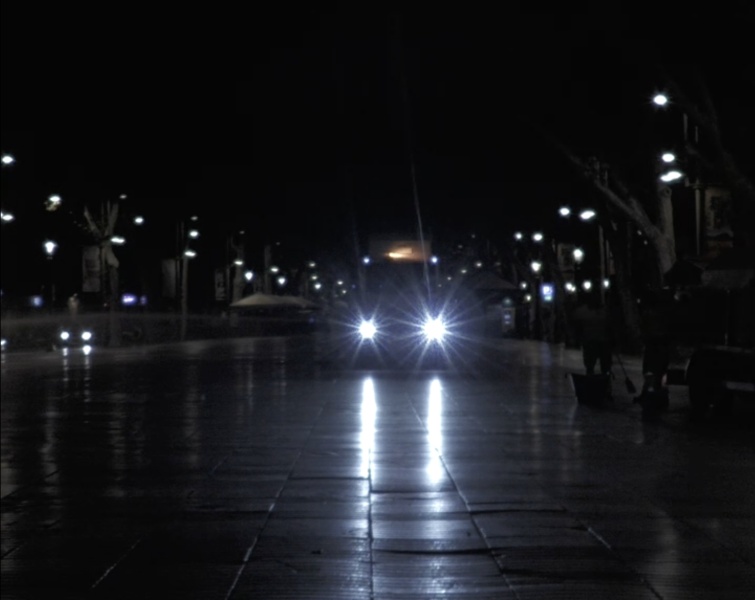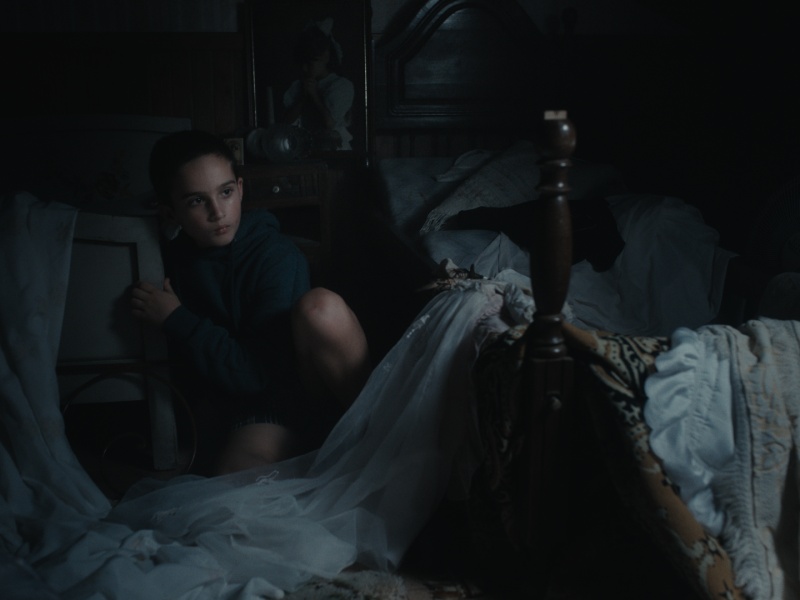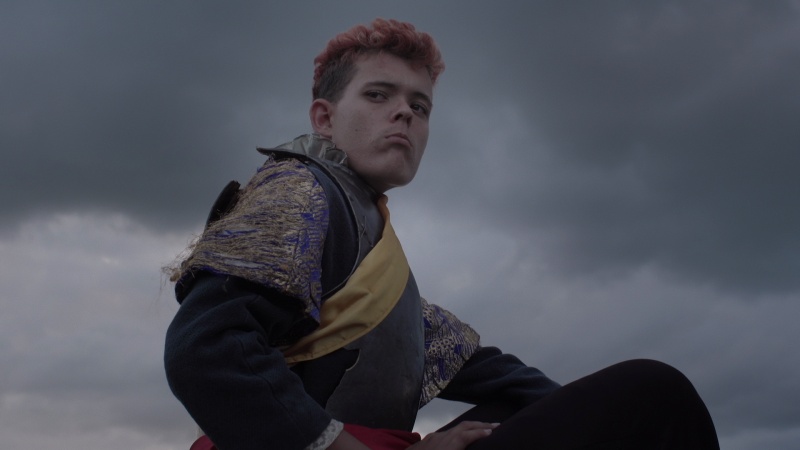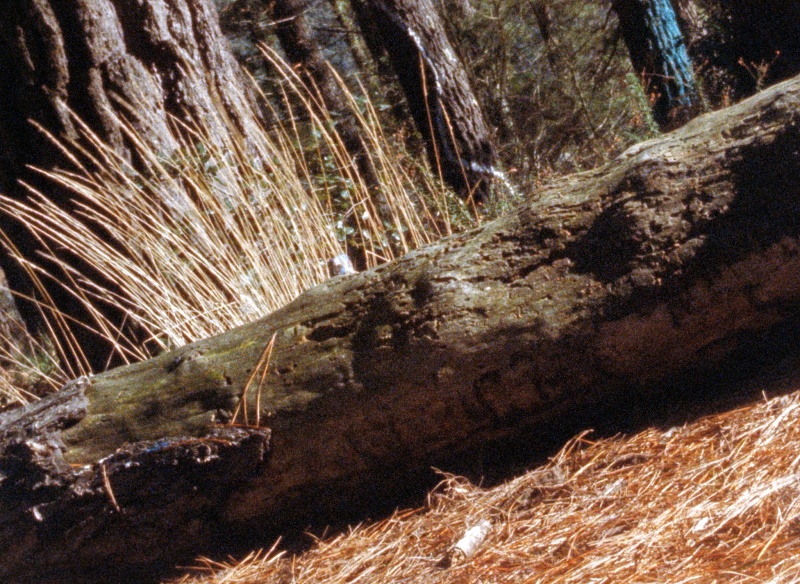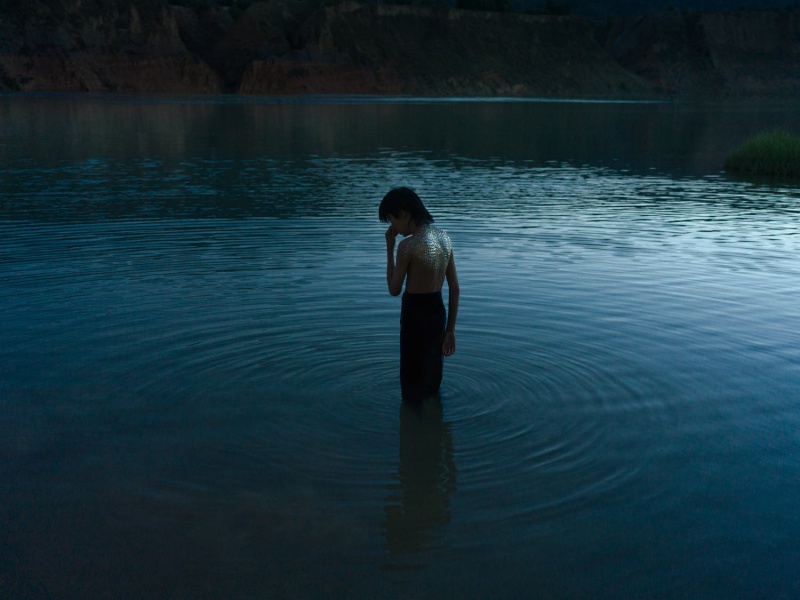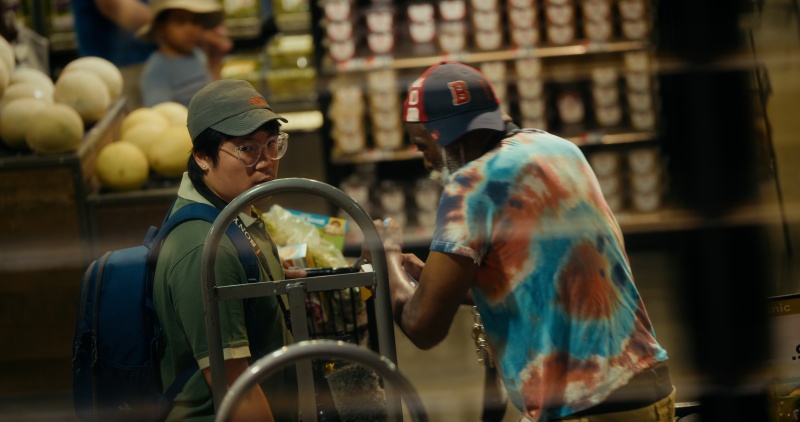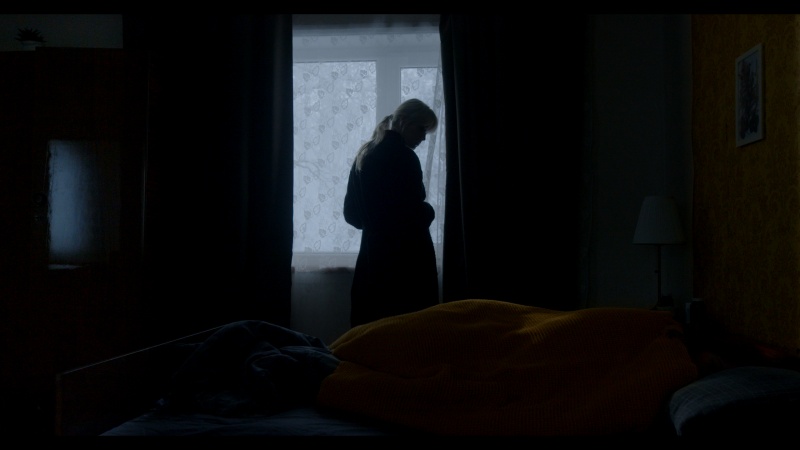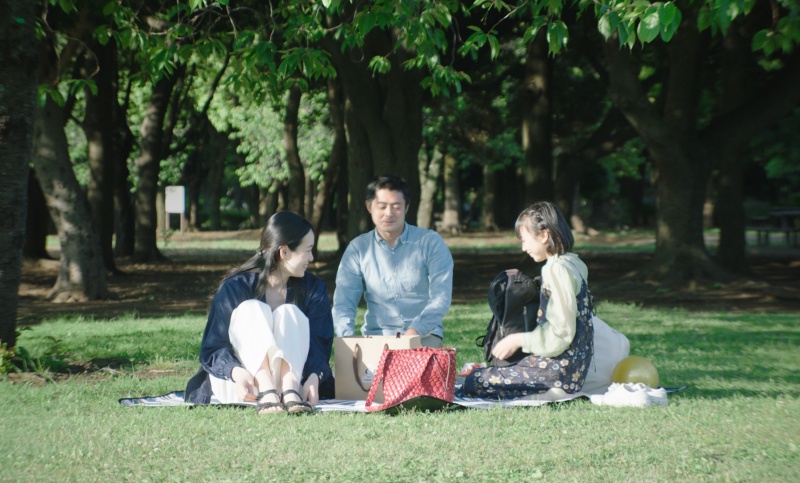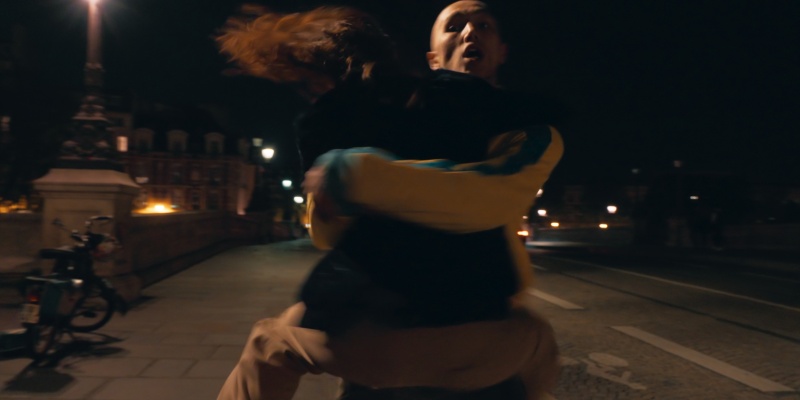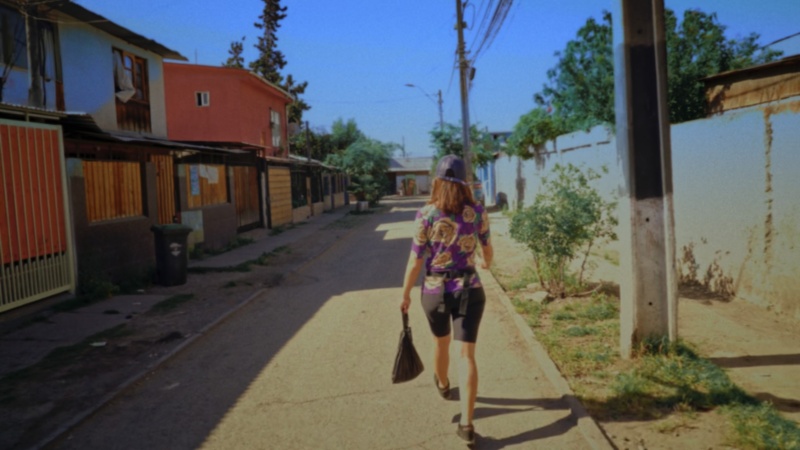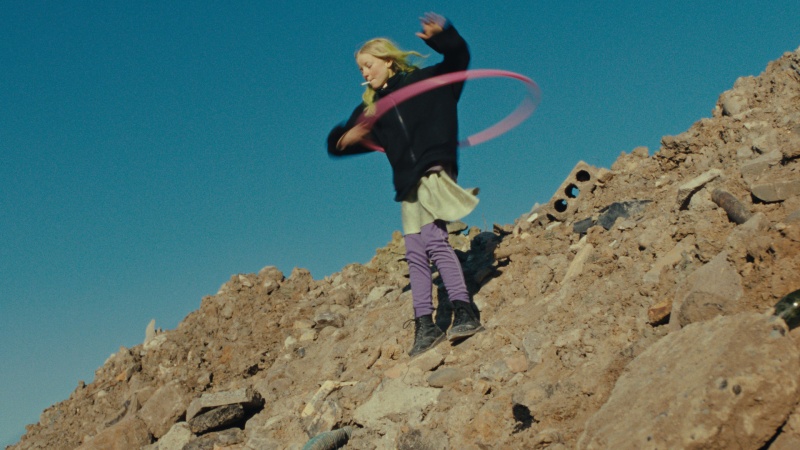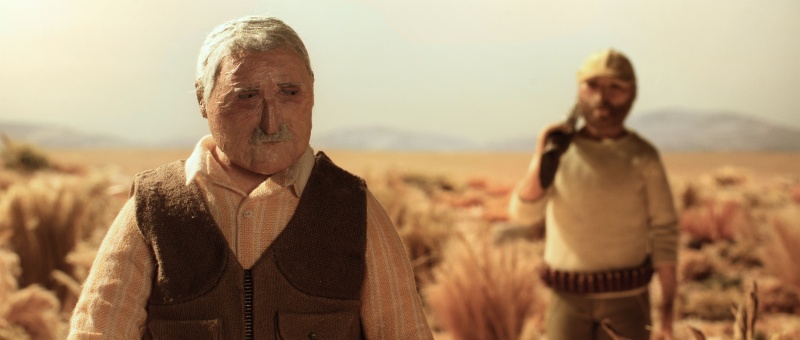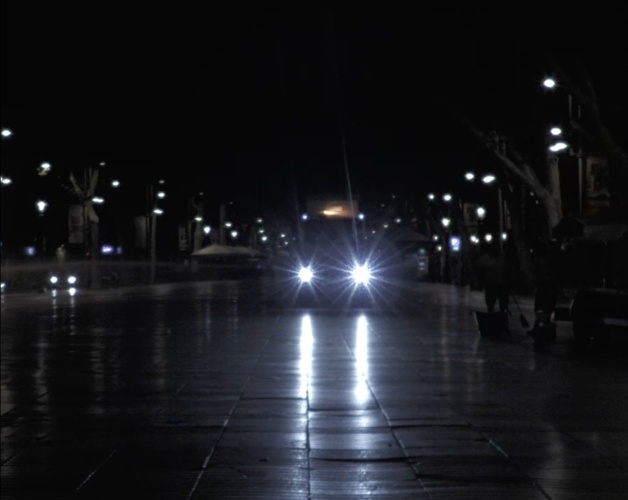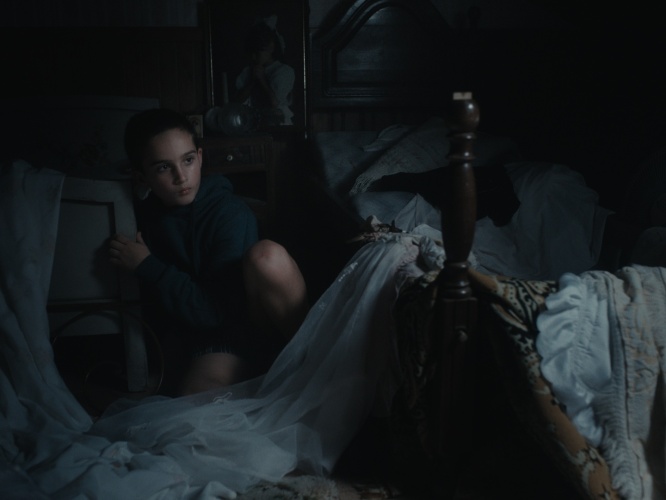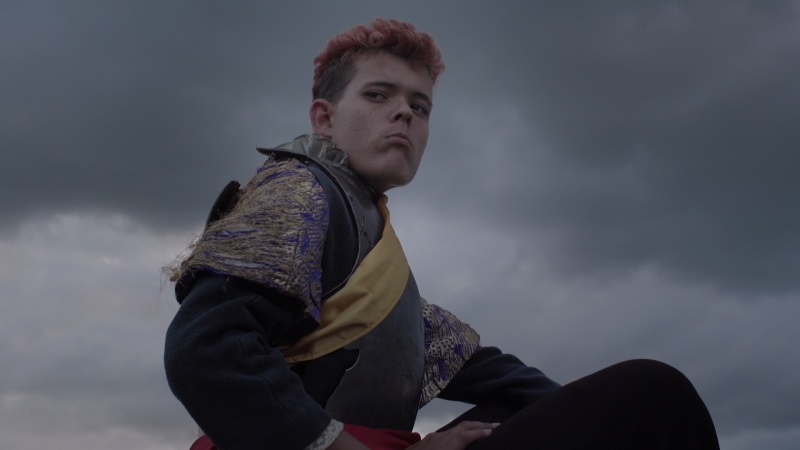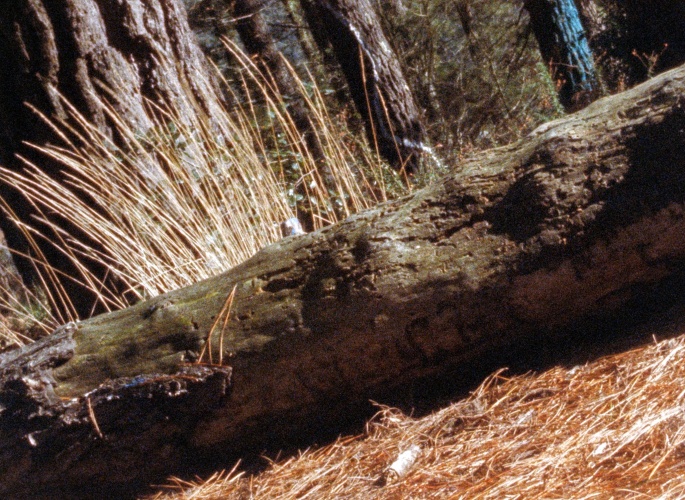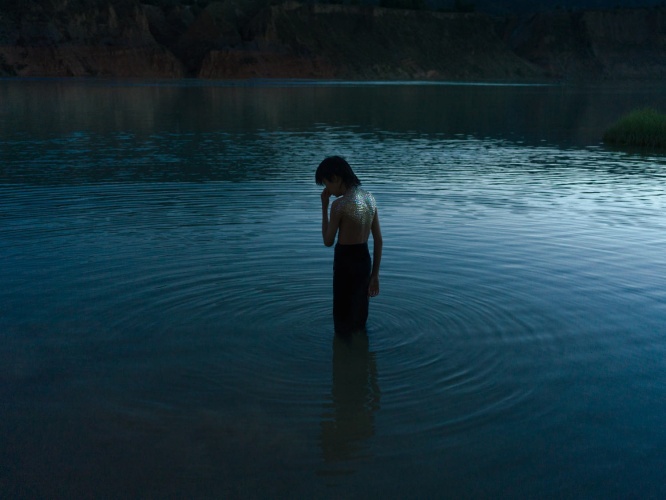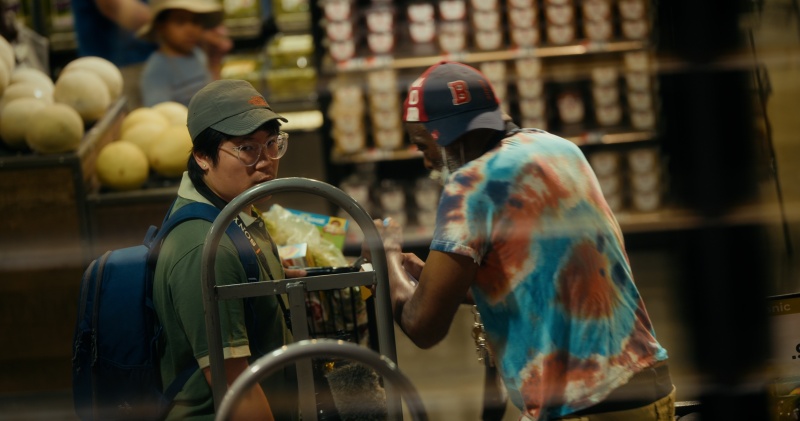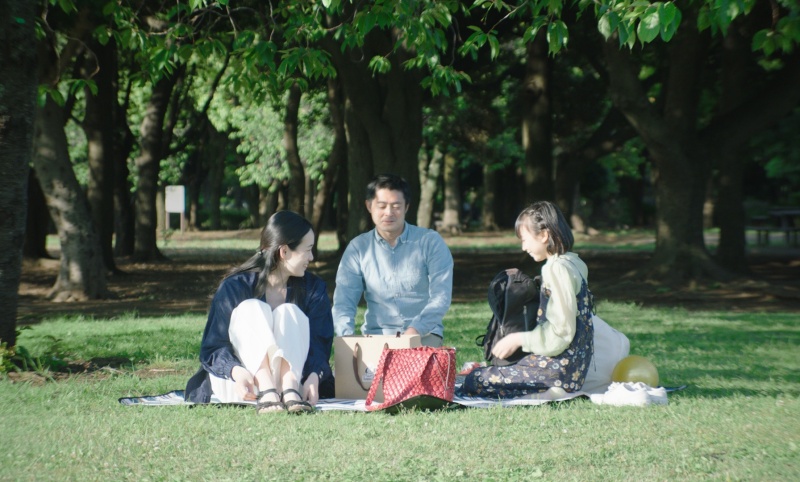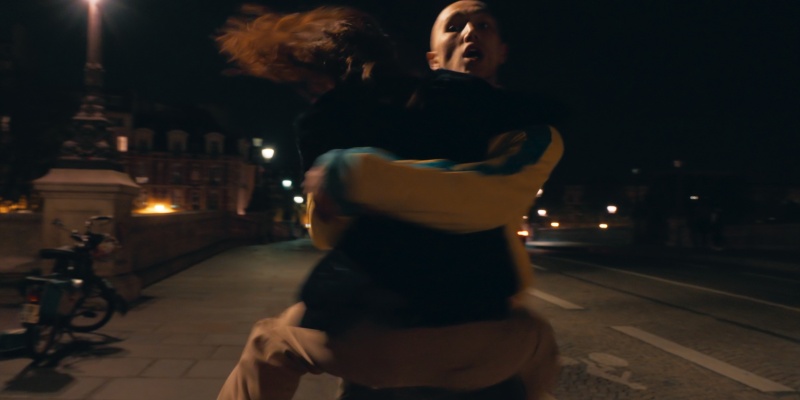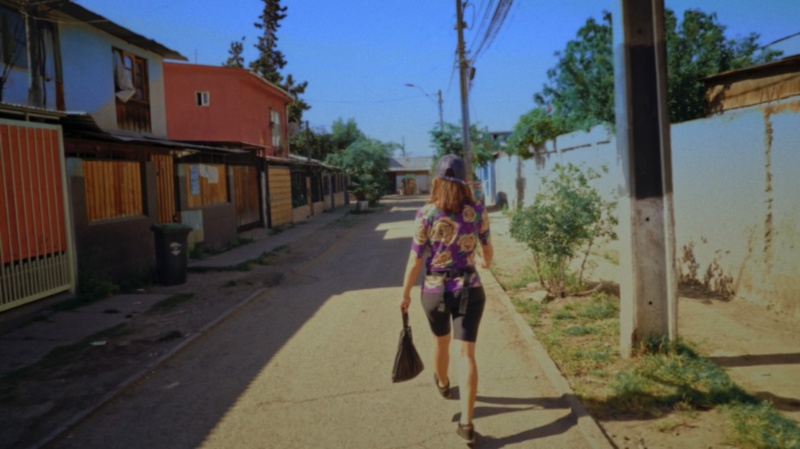Thirteen short films have been selected for the Nest section from among the 428 submissions received from 200 schools in 48 countries, a record with respect to submissions received in the history of the international film students meeting at the San Sebastian Festival. The selected schools are from Chile, Cuba, Denmark, France, Germany, Japan, Portugal, Spain, Taiwan, the UK and the USA.
Organised by the San Sebastian Festival and Tabakalera-International Centre for Contemporary Culture, the Nest section highlights the works of students from film schools all over the world, in other words, the filmmakers of today and tomorrow. As well as a place to show short films, Nest offers a meeting place for students, filmmakers, industry professionals and the general public: a space enabled by the Festival to prompt discussion on the cinema and to foster a coming together between training and the professional world.
Fourteen film students from Chile, Cuba, Denmark, France, Japan, Portugal, Spain, Taiwan, the UK and the USA will meet from Monday 23 until Friday 27 September, five days during which they will present their works, attend Conversations with filmmakers and hold meetings with industry professionals. Coexisting in the chosen works is diversity in the areas of geography, subject matter and style, fictions and non-fictions taking a personal approach to problematic teens, dystopian scenarios, family conflicts, the importance of natural spaces or the ghosts of grief and disease. A jury, made up of a well-known personality from the world of film and students from the selected schools will give the NEST THE MEDIAPRO STUDIO award, coming with 10,000 euros for the winning short film.
Training and professional access to the industry by young filmmakers are also the goals promoted by THE MEDIAPRO STUDIO Master’s Degree in Screenwriting, with which the San Sebastian has a collaboration agreement through Nest since last year. This agreement, as well as having established the name of the accolade given in this section as NEST THE MEDIAPRO STUDIO Award, also guarantees participation in the section by ten students from the last edition of the Master’s Degree in Screenwriting, who will attend all of the activities organised by Nest during the Festival, including the screenings of the selected short films, talks and masterclasses given by industry professionals and prestigious international filmmakers who are showing their films in any of the Festival’s competitive sections. In addition, as a new feature this year, the fourteen students whose works have been selected by Nest to compete for the award will enjoy professional meetings with executives from THE MEDIAPRO STUDIO.
Ever since its creation in 2002, Nest, one of the San Sebastian Festival’s most important sections within its strategy of promoting new talents, has welcomed more than 1,000 young filmmakers and more than 380 selected short films, around a hundred masterclasses and conversations with film industry professionals such as Céline Sciamma, Alexander Payne, Lila Avilés, Bertrand Bonello, Elena López Riera and Christian Petzold. Considered as the place where it all begins, Nest has shown the work of directors including Raven Jackson, Kiro Russo, Oren Gerner, Isabel Lamberti, Léa Mysius, Jerónimo Quevedo, Laura Wandel and Leonardo van Dijl, who have later gone on to premiere their subsequent works both at San Sebastian and at other prestigious festivals in the international circuit.
During the students meeting, Tabakalera Medialab Studio will host a non-stop screening of all of the short films to have won awards in the history of the section. Entry is free.
Pedro, 72, is trying to deal with the imminent departure of his son moving away from home. Alex, 38, has landed a job as a nurse all the way in England and knows that moving will be hard for his father. As they go on one last hunt, which is filled with repressed words and feelings, they discover that their dog Canela has swallowed fox poison. Alex and Pedro both deal with this tragedy with opposing views. Will this disaster help them to bond and finally connect over the deep sadness Pedro feels?
A documentary about a street, made in a street: the eclectic essence of Les Rambles de Barcelona, a tourist attraction where life never stops. As night falls, the street transforms and becomes a controversial space. A melting pot of languages, trades, races, religions and ideologies making up a twisted circus where male presence predominates. Bona nit, rambles / Good night, Rambles is the portrait of a human zoo seen through the eyes of two young women as they stroll around their city by night.
Interrupting the silence, punctuated by the late summer rain, a group of boys shatters the matriarchal memory of an old bedroom. In the face of impending danger, the older boys vie for leadership. As the afternoon stretches on with the intensity of the rain and the heat inside rises, they resort to violence. In the vulnerability of a wounded body, Chico, the young misfit, encounters a tragic portent of desire.
In a Cuban town, Visman, a young boy obsessed with historical fantasies takes refuge in them to explore the complexity of his family ties and the social environment. Tasked with caring for his disabled father single-handed, he will try to bring his epic story to life while sparring with everyday adversities and looking for a way out in a crumbling world.
El tercer paisaje / The Third Landscape is a film project that has as its protagonist the fungus that made the painted forest of Oma sick, the work that the Basque artist Agustín Ibarrola carried out in the 80s in the province of Bizkaia. This artwork belongs to the Land Art movement, which is mainly characterized by its ephemeral nature. Within this current, artists leave their works exhibited at the mercy of weather conditions and other elements alien to human will.
A boy labeled as a troublemaker is taken by his mother to a strange temple. Contrary to his mother's hopes, the boy continues his unruly behavior. There, he meets a child referred to as the 'monster', who takes his mischievous actions in stride. Through this child's perspective, the boy learns the value of life. Following the child's gaze, one can feel that the teachings of nature resonate more deeply than any sermon.
Putting himself in front of the camera, Chinese film student Kai attempts to reveal the complexities of his friendship with Hal, an older African American spare change newspaper vendor he met upon his arrival in the U.S. As they reenact the events that happened a year ago, both begin to struggle with the authenticity and ethical issues of the project. However, no documentary form can claim moral superiority.
A young woman struggles to care for her critically ill mother. In her efforts to uplift her mom's self-esteem, she confronts her own hidden motivations, realizing that fear of loss isn't her only driving force.
One day, Ayano goes on a picnic with her boyfriend Shuichi and his little daughter Minato. However, the air between the three is a little awkward due to the presence of Minato's dead mother, Miho. Eventually, the three of them scatter. Minato is immersed in memories of her mother. Shuichi sees a family fantasy from the past. And then ghost Miho appears in front of Ayano. After talking for a while without saying each other's names, the two parted ways.
Near the oldest bridge in Paris, the Pont-Neuf, Camille, a second-hand bookseller, crosses paths with Paul, an Eiffel Tower trinket seller. Over the course of one night, these two young souls give in to the captivating rhythm of the City of Light.
Audiences today are so familiar with movies that we anticipate certain results from each genre. Noir, and in this case Neo-noir, is a genre marked by its mood. The Slip utilizes the formal aspects of film to create this mood, endowing human interactions, pedestrian movement, and landscapes with extrinsic intrigue. After all, something is bound to happen...
Twenty-two-year-old Gabriela relentlessly pounds the streets of her childhood in search of her lost dog. Accompanied by her former neighbour, they explore the corners of the place she once lived. Through these wanderings, the corners will come to life as the day progresses like a free and musical gesture. An ode to street dogs.
In a near-future where earth has punished all adults for not taking properly care of our planet, we follow a group of kids, left all by themselves in a trashed world, living day by day and trying to avoid the unknown future. The kids channel their fear into hating the adults, but what will happen when one of the kids starts to become one?


